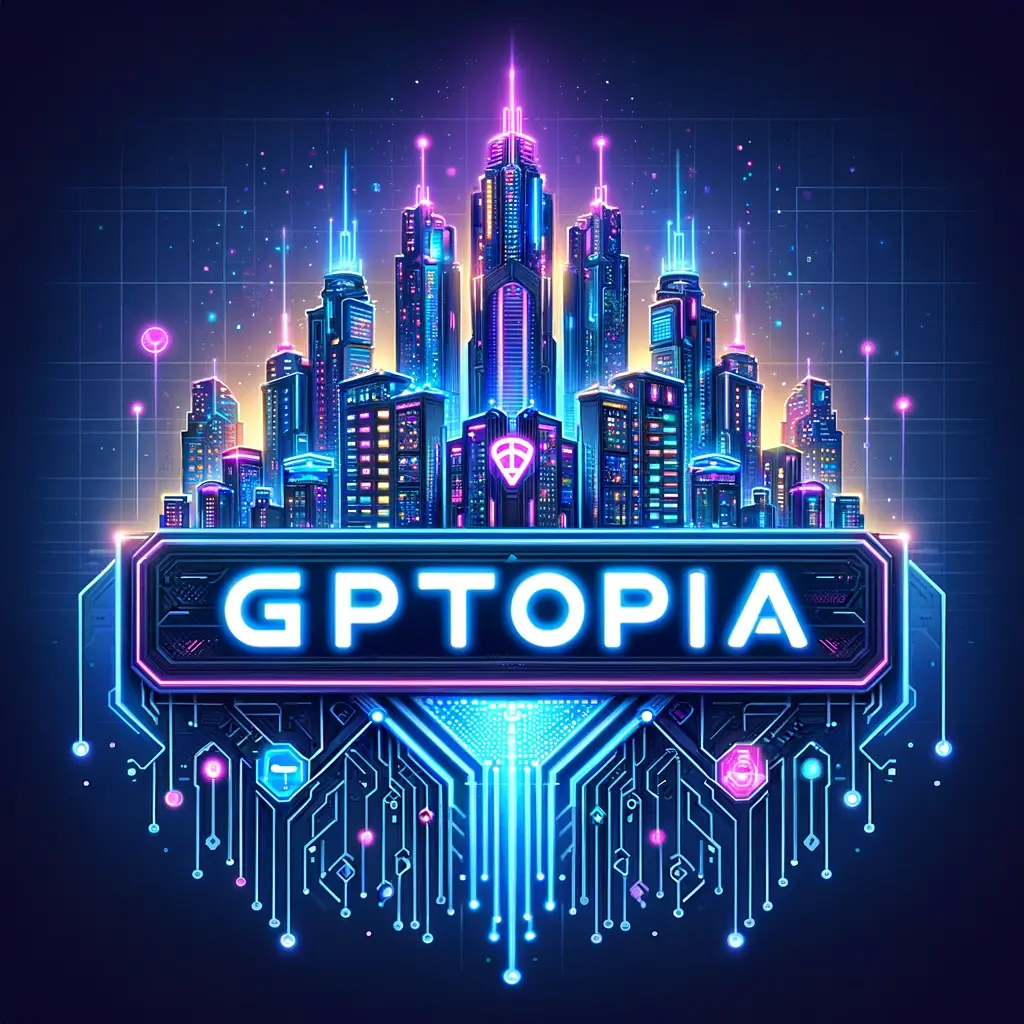complete article index can be found at
https://ideabrella.com/papers/articles
The Evolution of Digital Ecosystems: ZEN 💡
·
Social Media’s Role in Shaping a Hive-Mind Humanity
Introduction
In the contemporary digital era, the advent and evolution of social media have not merely changed how we communicate but are fundamentally reshaping the very fabric of human cognition and societal structure. With the rise of advanced social media platforms incorporating social audio, video, virtual spaces, extended reality (XR), and artificial intelligence (AI), we are witnessing the emergence of a networked human consciousness that mirrors biological systems such as hive minds and mycelial networks. This article explores these advancements and their implications for creating a hyper-connected human superorganism. We will also examine the technological underpinnings, societal implications, and ethical considerations of this transformation.
The Rise of Social Audio and Video
Social Audio Platforms: A New Frontier
Social audio platforms like Clubhouse, Twitter Spaces, and LinkedIn Audio Events have introduced a new dynamic in digital interaction. By allowing users to engage in real-time voice conversations, these platforms replicate a more natural and intuitive form of communication compared to text. Unlike text-based interactions, which often lack nuance, social audio captures the subtle inflections, tones, and emotions of human speech, creating a richer communicative experience. This immediacy of voice communication fosters a deeper sense of community and belonging, simulating a virtual gathering where ideas flow freely in an organic and dynamic manner.
Furthermore, the low barriers to entry—a smartphone and an internet connection—have democratized access to this form of interaction. People from diverse backgrounds and geographies can participate in global discussions, amplifying underrepresented voices. Social audio platforms have also created spaces for real-time collaborative learning, professional networking, and social activism. For example, activists have leveraged these platforms to organize movements, spread awareness, and coordinate real-time responses to crises.
Video Integration in Social Media: Visual Narratives at Scale
Simultaneously, social media platforms have increasingly integrated video features, transcending traditional boundaries of space and time. Platforms such as TikTok, Instagram, YouTube, and Facebook have leveraged short-form and live video content to capture and share human experiences, significantly enhancing user engagement and content virality. Video-based content combines visual and auditory elements, making it one of the most effective tools for storytelling and information dissemination.
Short-form videos, particularly on platforms like TikTok and Instagram Reels, have revolutionized the way users create and consume content. These bite-sized, algorithm-driven videos cater to diminishing attention spans while maximizing impact. Live-streaming features, on the other hand, allow users to broadcast events in real-time, enabling direct interaction with audiences. This dual capability—short, viral content alongside real-time engagement—has transformed video into a powerful medium for education, marketing, entertainment, and social impact.
Beyond individual use, organizations and brands have adopted video as a central pillar of their communication strategies. Educational institutions utilize live and recorded video lectures to reach global audiences. Activists and NGOs leverage video to document injustices, humanize issues, and rally support. As video technology advances, we are likely to see even more immersive formats, such as 360-degree videos and volumetric captures, which will further enrich the storytelling potential of social media.
Virtual Spaces, Extended Reality, and Augmented Interaction
The Emergence of XR Technologies
Extended reality (XR), encompassing virtual reality (VR), augmented reality (AR), and mixed reality (MR), is transforming the way humans interact with digital environments and each other. Platforms like VRChat, Meta’s Horizon Worlds, and Decentraland provide immersive spaces where users can meet, interact, and collaborate as avatars in simulated 3D worlds. These XR environments create a sense of presence, or “being there,” that fosters deeper connections compared to traditional digital interactions.
AR, accessible through smartphones and wearable devices, overlays digital information onto the physical world. Apps like Pokémon GO and AR-based educational tools have demonstrated the potential of blending real-world contexts with digital enhancements. MR technologies take this further by integrating physical and virtual environments seamlessly, allowing users to interact with both in real time.
XR and AI: The Convergence of Immersion and Intelligence
The intersection of XR and AI is unlocking unprecedented possibilities for social interaction and collaboration. AI algorithms enhance XR environments by dynamically generating content, personalizing experiences, and enabling natural language interactions with virtual entities. For example, AI-powered virtual assistants in XR spaces can facilitate learning, guide exploration, or mediate group discussions.
AI also optimizes XR interactions by reducing latency and improving responsiveness. Edge computing and 5G networks enable real-time processing of complex XR applications, minimizing delays and ensuring seamless interactions. This reduction in latency mirrors the efficiency of biological neural networks, where rapid communication between neurons facilitates coordinated action and decision-making.
In XR platforms, AI-driven avatars are beginning to mimic human behaviors, gestures, and speech patterns, creating lifelike simulations of human presence. These advancements blur the boundaries between virtual and physical realities, enabling users to experience digital interactions that feel natural and intuitive.
The Neural Network of Human Minds
Accelerated Connectivity and Latency Improvements
The rapid exchange of information facilitated by XR, AI, and social media technologies is creating a “neural network” of human minds. Advances in network infrastructure, such as 5G and edge computing, are reducing latency to near-instantaneous levels, allowing for real-time communication and collaboration. This enhanced connectivity enables the seamless sharing of ideas, knowledge, and emotions across vast distances, effectively shrinking the world into a tightly connected digital ecosystem.
Collective Intelligence and Swarm Learning
This interconnectedness enhances collective intelligence, allowing humans to solve complex problems more efficiently. Swarm learning, inspired by natural phenomena such as bird flocks and ant colonies, involves decentralized AI systems that learn collaboratively. In this model, individual nodes (or users) share local insights with the broader network, enabling the system to adapt and optimize without centralized control.
For example, swarm learning can be applied in XR environments where users collaboratively build virtual structures, solve puzzles, or simulate real-world scenarios. The collective input of participants, combined with AI’s analytical capabilities, creates outcomes that exceed the sum of individual contributions. This parallels the functioning of biological networks like mycelial systems, where distributed nodes work together to sustain and optimize the ecosystem.
Sharing Concepts: Brain-to-Brain Communication
Emerging technologies are also exploring the possibility of direct brain-to-brain communication. While still in its infancy, research into brain-computer interfaces (BCIs) suggests that future XR and AI platforms could enable users to share thoughts and concepts directly, bypassing traditional modes of communication. Such advancements would revolutionize collaboration, creativity, and empathy, fostering a level of interconnectedness akin to a true hive mind.
Ethical Considerations and the Future
Privacy, Security, and the Risks of Hyper-Connectivity
As we navigate this new frontier, ethical considerations concerning privacy, data security, and the potential for misinformation are ever more critical. The same tools that enable collective intelligence can also be manipulated to spread false information and create discord. Social media platforms must address challenges such as fake news, data breaches, and algorithmic biases that amplify harmful content.
Additionally, the vast amount of personal data collected by these platforms raises concerns about surveillance and control. Users often unknowingly trade privacy for convenience, making it imperative for governments and organizations to establish robust data protection laws and ethical AI standards.
Shaping a Responsible Digital Future
The future of social media lies in its ability to balance innovation with responsibility. Emerging technologies such as decentralized social networks, AI-driven moderation systems, and ethical XR design hold promise for addressing these challenges. Transparency in algorithm design, user education, and community-driven content curation are essential steps towards fostering a more equitable and inclusive digital ecosystem.
Conclusion
The integration of social audio, video, XR, and AI in social media is creating a paradigm shift towards a more interconnected human existence, reminiscent of biological networks like hive minds or mycelial networks. These technologies are accelerating the pace of human interaction, reducing latency, and enabling collective problem-solving at unprecedented scales. As we continue to explore these digital frontiers, it is crucial to foster environments that promote positive interactions and collective well-being, steering the global community towards a more unified and enlightened future.
Through thoughtful design, ethical considerations, and collective effort, we can harness the potential of these technologies to enrich humanity’s shared experience and solve the challenges of tomorrow.









